IDD Explainer
India has announced a multi-layered policy which removes hurdles in acquisition of military equipment and unleashes the full potential of its own multi-billion dollar annual spending. On the one hand, it facilitates global original equipment manufacturers (OEM’s) and on the other hand, it promotes Indian industry.
The policy aims to promote ‘Make in India’ as OEM’s which transfer technology to Indian companies will gain under the new policy while those who can move their manufacturing plants to India will get priority.
New Delhi, to ease the way for OEM’s, has done away with a policy on ‘offsets’ for certain categories of military purchases; allowed for quicker trials of equipment; opened opportunities for leasing of equipment; for having practical qualitative requirements to set parameters for equipment makers.
Called the Defence Acquisition Policy (DAP-2020), the multi-chapter document will be made public on October 1 and will be applicable from the same day. Indian Defence Minister Rajnath Singh unveiled the DAP, On September 28. This is a successor to the 18 years policy called the Defence Procurement Procedure (DPP)
No Offsets
Foreign OEM’s were bound to reinvest a certain percentage – usually 30 percent — of the deal into the Indian market as part of the ‘offsets’. Meeting offset obligations was a tedious process and often fraught with hurdles as OEM’s struggled to find the right Indian partner.
Now under the new policy off-set obligations have been removed for three categories of purchases that New Delhi makes.
- All Government-to-Government deals.
- All Inter-Governmental Agreements (IGA)
- Purchases made when there was a single vendor
India is the second largest importer of weapons globally. In 2019 its military spending at $ 71.1 Billion was the third highest in the world after the US and China , as per an assessment of the Stockholm Institute of Peace and Research (SIPRI). (read it here).
Impact and reason for this move
The move will benefit several companies in the US, Russia, Israel and Europe. From the Indian point of view it will reduce acquisition costs.
It will open the field for faster procurements as India is looking for foreign participation to procure fighter jets, armed drones, multi—role naval helicopters, transport planes , among other items.

Less than a week ago the Comptroller and Auditor General (CAG), the principal auditor in India slammed the existing ‘off-set policy’ applicable for foreign military equipment makers.
“it did not find a single case where the foreign vendor had transferred high technology to the Indian industry. Thus, the objectives of the offset policy remain largely unachieved”.
CAG report
‘Off-set policy’ was introduced in 2005, it mandates that foreign suppliers to reinvest a certain percentage – usually 30 percent — of the deal into Indian market.
Leasing of equipment
A new category has been introduced to enable operating of assets without owning them, this substitutes a huge initial capital outlay. Any sort of military equipment can be leased from global or Indian suppliers under the new policy. This opens new avenues, meets operational requirements and is aimed at saving huge capital investment. The draft of DAP-2020 had list of items which could be taken on lease but the same has not been mentioned in the policy so as to keep the options open. Each case will be assessed on a case to case basis. It means if the Indian Air Force needs transport planes or helicopters those can be leased, same would be true for a platform like a conventional submarine.
Ease of doing business
One of the key focus areas of the review was to implement ‘Ease of Doing Business’ with emphasis on simplification, delegation and making the process industry friendly with certain specific provisions incorporated.

A price variation clause has been incorporated for large and protracted contracts in order to avert inflated initial quotes by vendors and arriving at a realistic price of the project. This means the price quoted by the bidder can be revised in case India does not take a decision within three years. At present the bidder is asked to extend the price bid and knowing the slow process of acquisition the bidder quotes a price that incorporates a higher price factoring in the delay.
Also the ‘qualitative requirements (QR) for selecting a new product will be made more realistic after seeing what all is available globally and domestically. In the past the service headquarters have made QR’s that are removed from reality and at times want capabilities which may not even been developed. Once a tender was issued for a hand held rifle having an inter-changeable barrel. No one in the world was making such a product.
Trial and testing procedures.
Scope of Trials will be restricted to physical evaluation of core operational parameters. Other parameters may be evaluated based on vendor certification, certification by accredited laboratories, computer simulations of parameters.
Requisite opportunity will be afforded to participating vendors to rectify shortcomings or faults during the trials with permission to carry out repairs.

Testing equipment will be based on its employability and for other conditions appropriate certifications confirming functional effectiveness may be obtained from vendor.
A Project Management Unit (PMU) will steer everything. To avoid duplication of trials, a waiver will be granted based on ‘certificates of conformance’. Wherever feasible, trials be conducted by a combined trial team in order to save time.
Procedural Changes.
For projects upto Rs 500 Crore ( approx $ 65 Million) a single stage process will accord the acceptance of necessity (AON). In case of fast track procurement the AON can be processed as per delegated powers thereby reducing the procurement. The Long term integrated perspective plan (LTIPP) has been re-designated as Integrated Capability Development Plan (ICDP) covering planning period of ten years instead of 15 years.
Vocal for Local
The policy allows the Ministry of Defence to explore at the first step of the tendering process the willingness of the prospective foreign vendors to progressively undertake manufacture and setup an indigenous eco system at the spares/sub component level.
A new category has been added and its named ‘Buy (Global – Manufacture in India)’. A new category allows the OEM to ‘manufacture of either the entire/part of the equipment or spares or assemblies through its subsidiary in India. The OEM will be permitted to establish co-production facilities to achieving localisation of parts.

An FDI Policy, suitable provisions have been incorporated like new category ‘Buy (Global – Manufacture in India)’ done to encourage foreign OEMs to setup ‘manufacturing/maintenance entities’ through its subsidiary in India while enabling requisite protections to domestic industry.

A separate dedicated chapter has been incorporated in the DAP 2020 for acquisition of systems Designed and Developed by DRDO, public sector undertaking. Single stage trials will be done to reduce timelines and laying greater emphasis on evaluation through certification and simulation. The policy will allow spiral development which means a product can be improved upon.






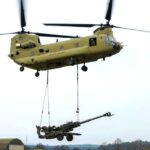
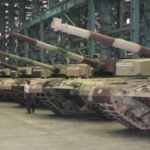






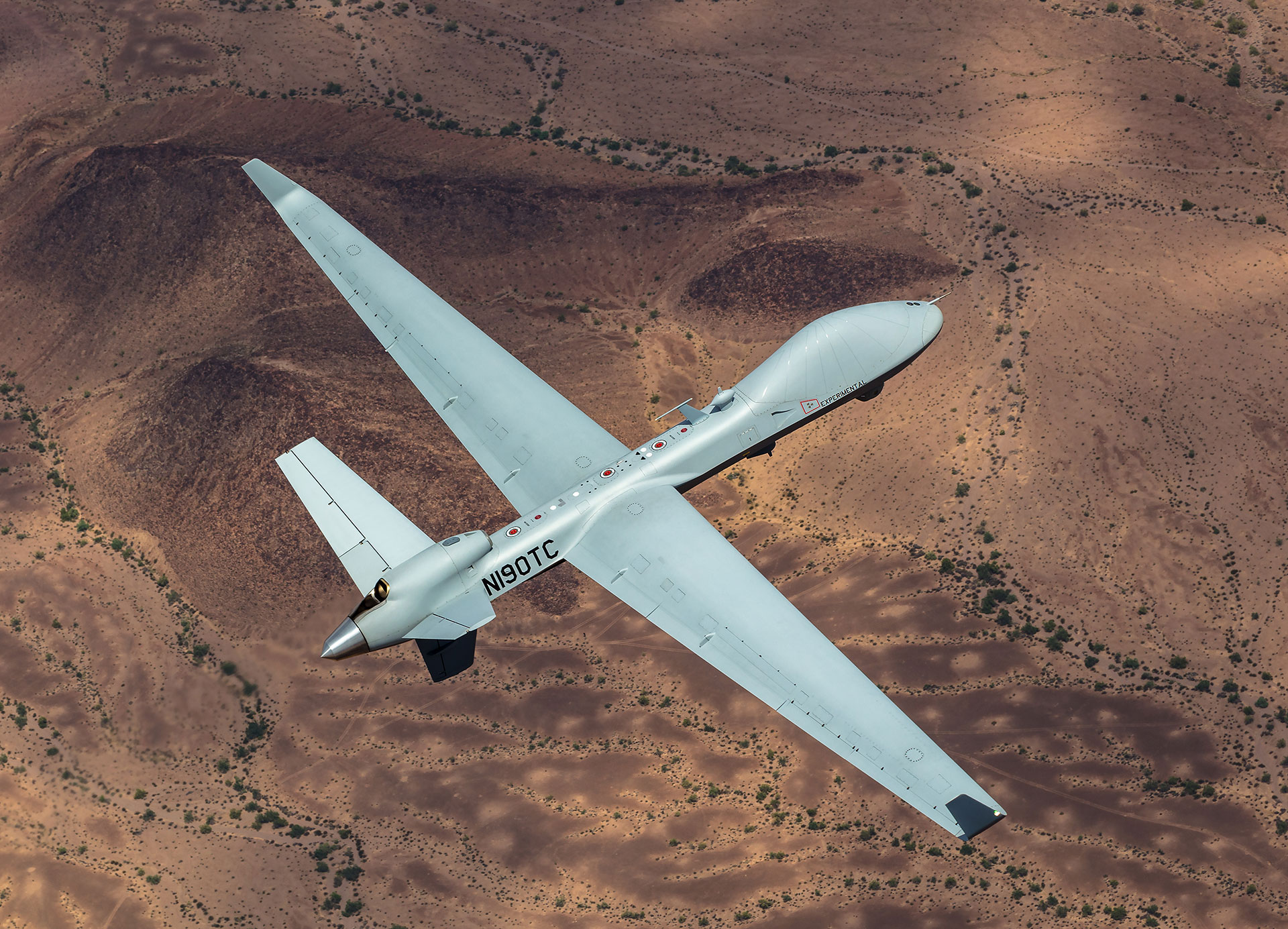
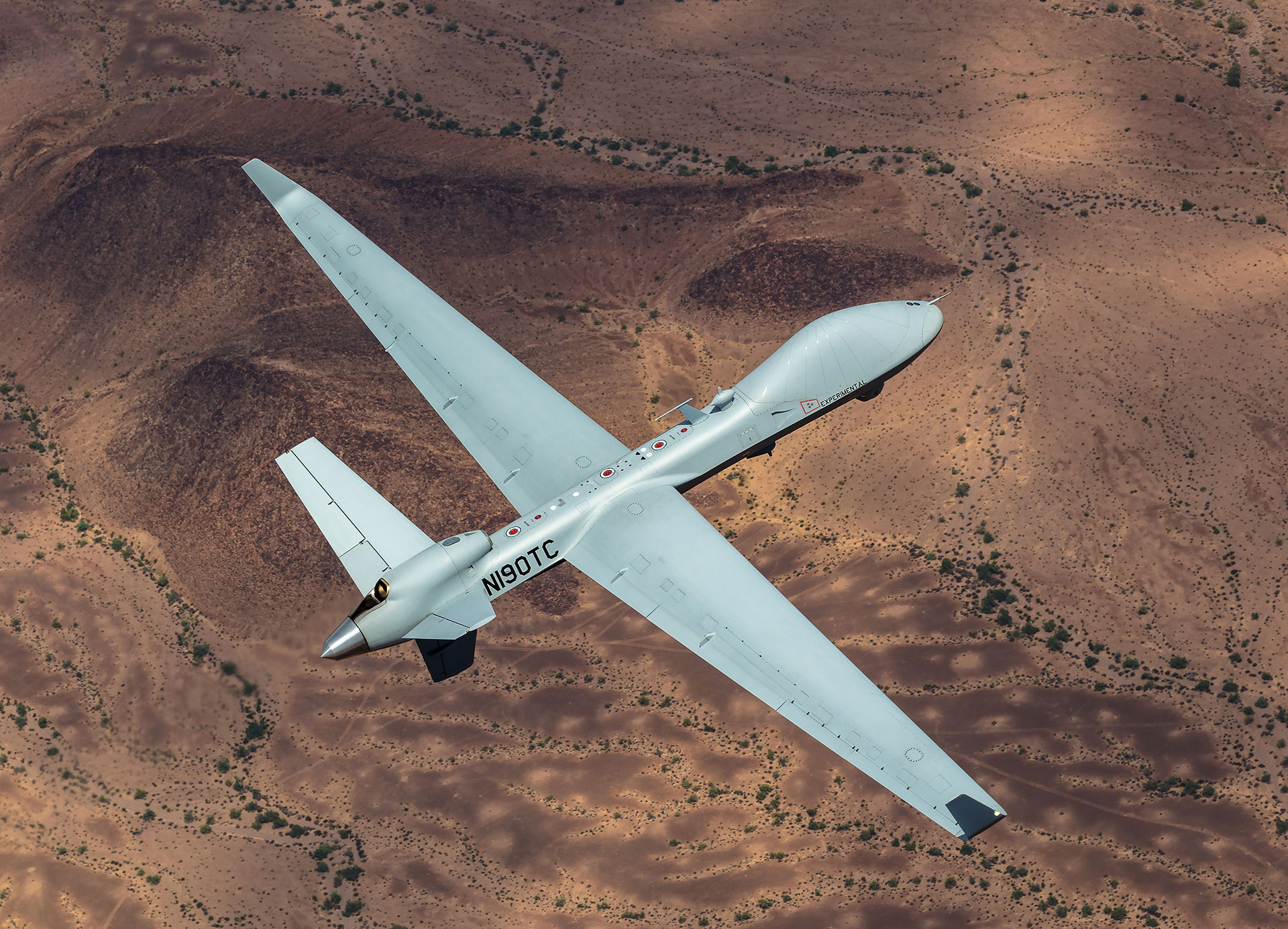
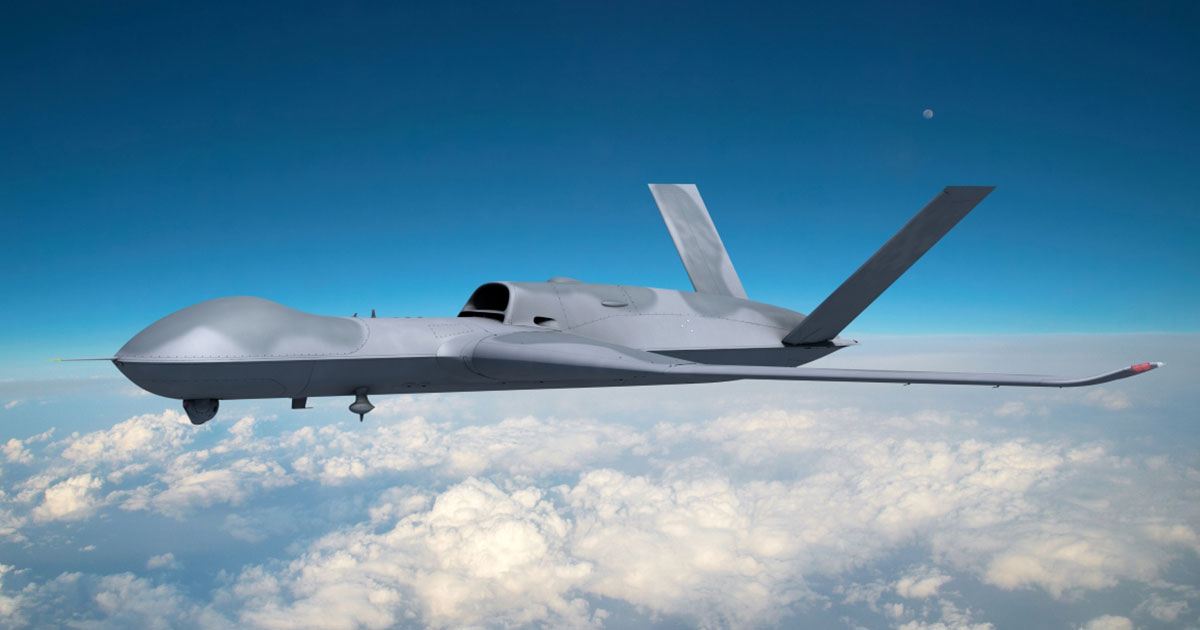
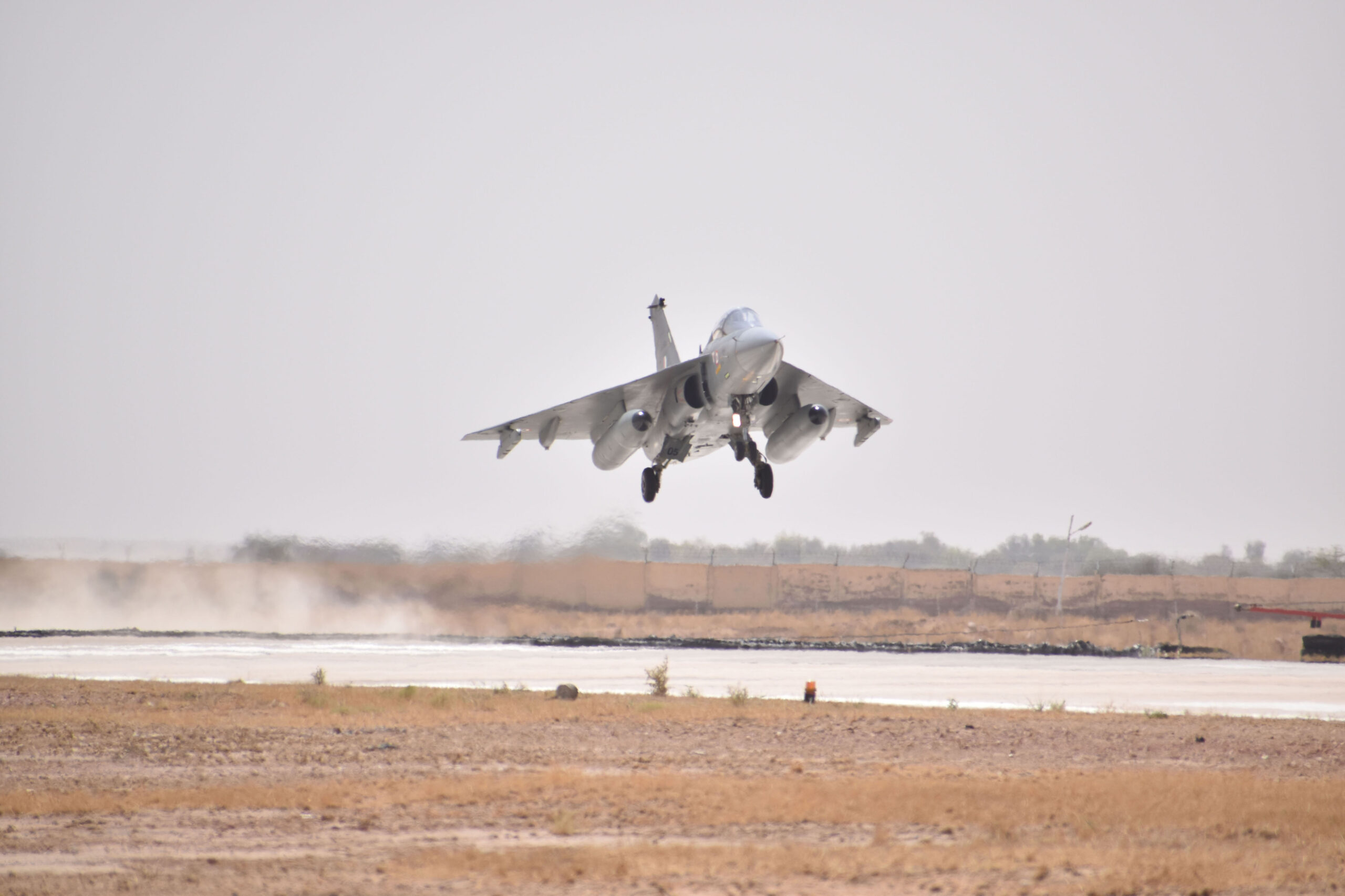
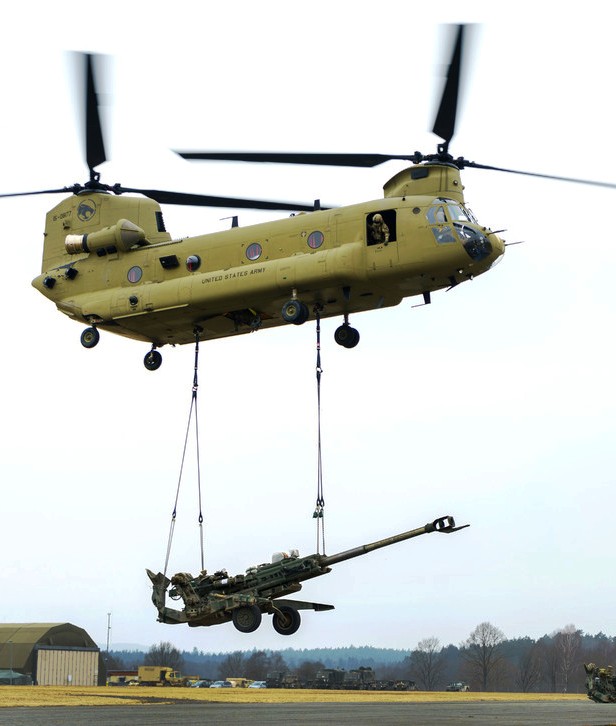
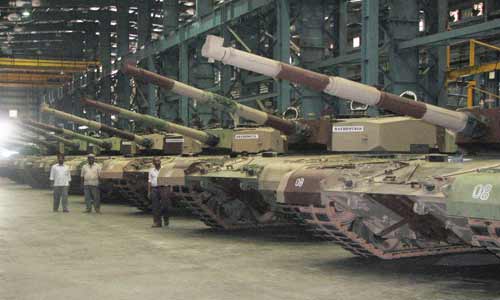



Recent Comments